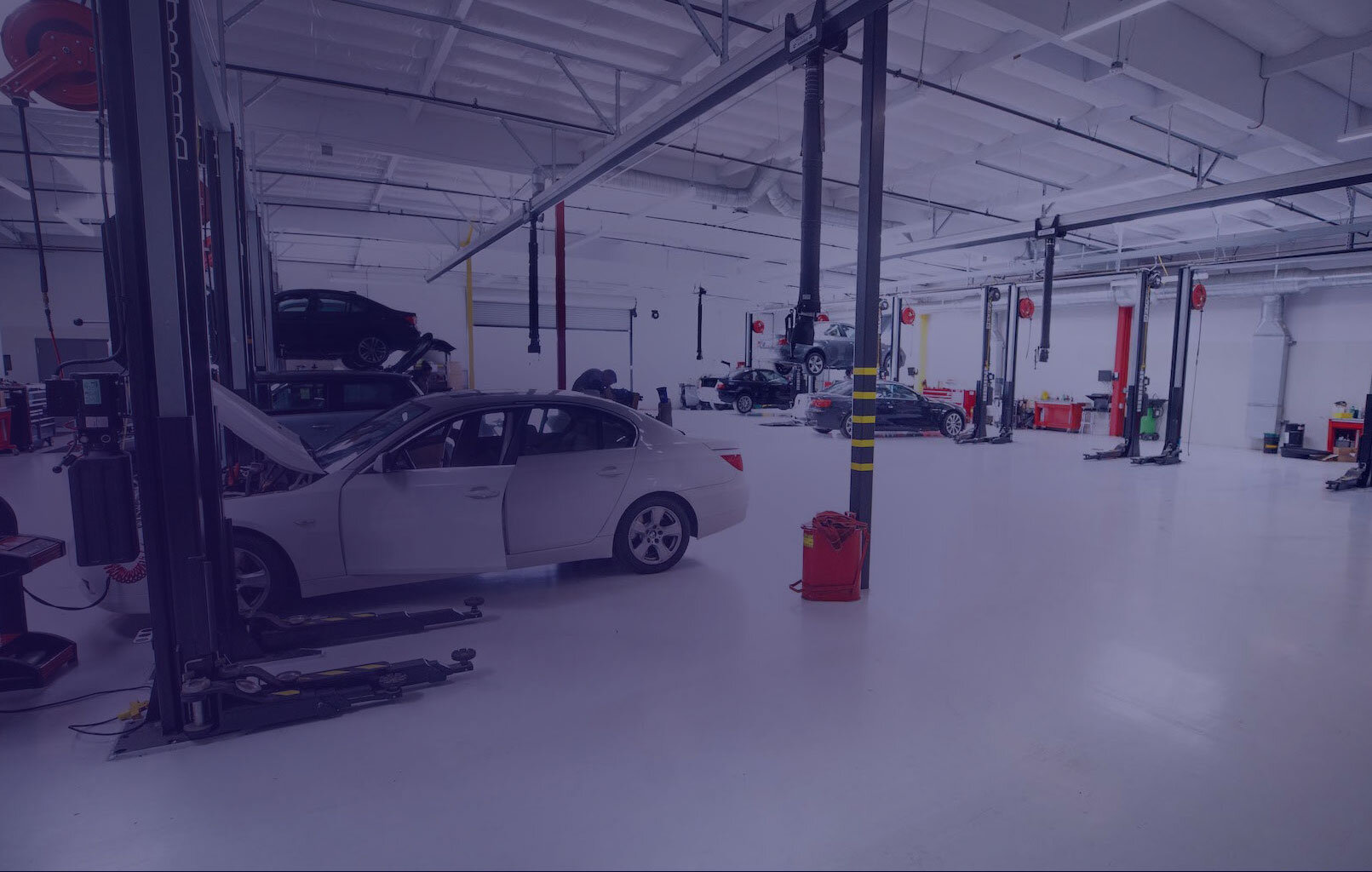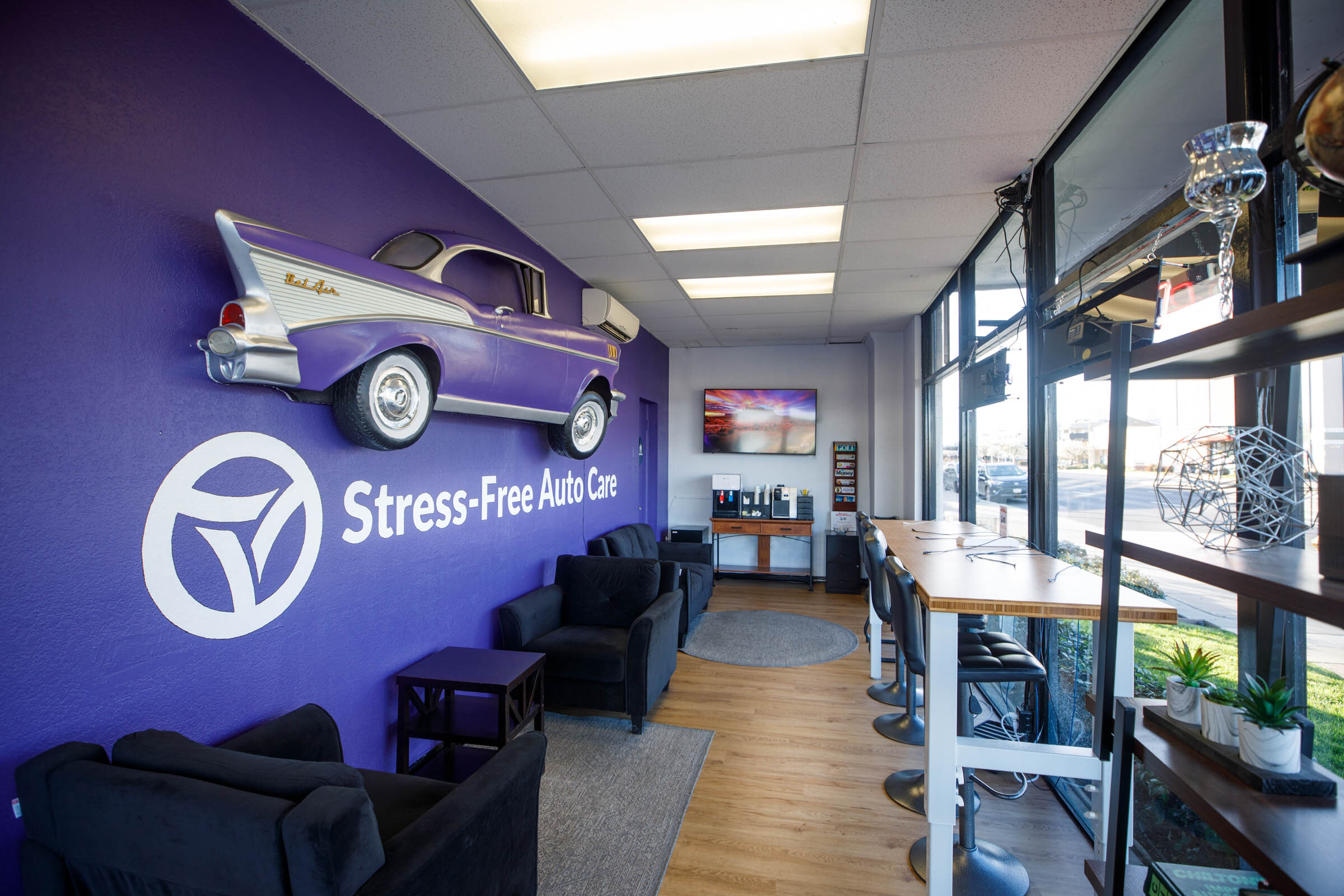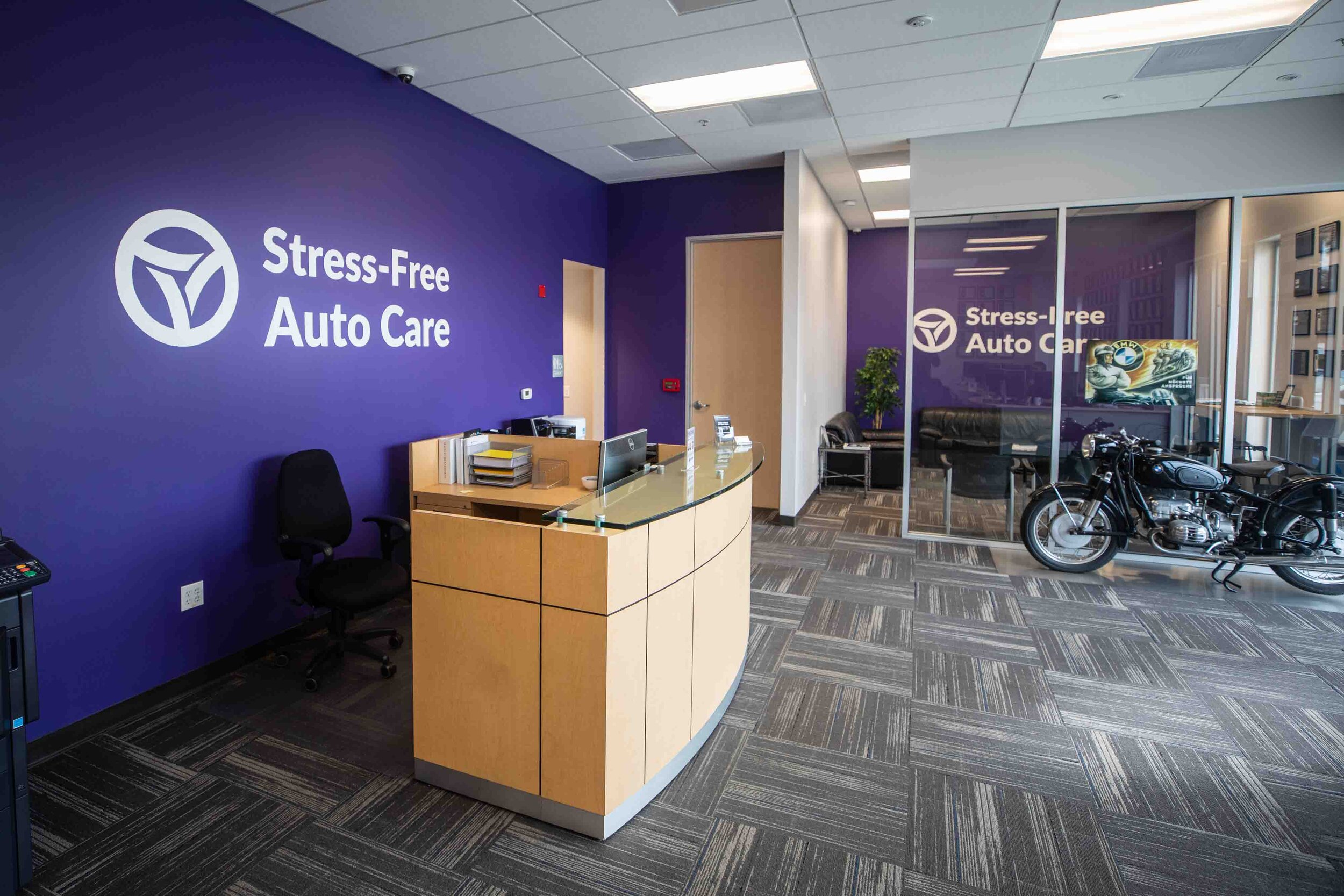
Factory Scheduled Maintenance Made Easy
General Maintenance Experts
We follow your maintenance schedules directly from your original car’s manufacturer, so we ensure to perform only the necessary preventative maintenance to keep your vehicle safe, while limiting costly future repairs.
Stress-Free Auto Care is a California licensed & accredited automotive repair dealer, which means you don’t need to spend extra at the dealership to keep your car in tip-top condition. California law requires manufacturers to honor their warranty, as long as repairs are performed at any licensed automotive repair dealer.
Stress-Free Advantage
Transparent Pricing
Text Updates
Digital Inspections with Pictures
Live Video Feed of Your Repair
Pay By Text Available
Comprehensive / Pre-Purchase Vehicle Inspection
$130 - $248*
A detailed review of your vehicle by our authorized mechanics to ensure your car is in its best shape. We will provide the results of this inspection to you in your digital vehicle inspection.
*Higher-end vehicle pre-purchase inspection.
Typical service length: 1.5 - 2 hrs (per axle)
Assuming you have an appointment.
SCHEDULED MAINTENANCE FAQs | BELT MAINTENANCE FAQ
Tune Up
$250 - $750*
Your vehicle’s spark plugs and air filters will be replaced, as is industry standard for tune ups.**
Typical service length: 1 - 5 hrs
Assuming you have an appointment.
*Oil changes, fuel filter or cleaning, and PCV valve repairs would be separate.
**Note that we recommend performing the factory recommended maintenance at the relevant interval according to your manufacturer.
Spark Plugs Replacement
$250 - $1500
We will remove the faulty or worn spark plugs from within your engine and will replace with new plugs to maximize your engine’s performance. Coil boots will be inspected where applicable. Additional parts such as gaskets may be required depending upon the condition of your car and location of the plugs.
Typical service length: 1 - 5 hrs
Assuming you have an appointment.
Engine Coolant Exchange
$90 - $150
Drain and refill your vehicle's coolant systems to proper capacity with new fluids. Fluid additives and/or conditioners may be required. We leak test your vehicle’s system too. Perform final road test, if needed.
Typical service length: 1.5 - 2 hrs
Assuming you have an appointment.
Transmission Flush
$150 - $350
Your vehicle’s transmission will be flushed out using the aid of a machine. A detergent will then be added to clean your vehicle’s valves and lines. Finally new transmission fluid will be pressurized into your vehicle*.
Typical service length: 1.5 - 2 hrs
Assuming you have an appointment.
*Not all transmissions can be flushed and this service is not recommended for higher mileage vehicles.
Brake Fluid Drain and Refill
$120 - $189
Your brake fluids will be fully drained and refilled to proper capacity with new fluid*. Leak and brake system tests will then be performed on your vehicle to confirm proper function.
Typical service length: 1 hr
Assuming you have an appointment.
*Fluid additives and/or conditioners may be required.
About Our Service
Book Online and Save
Apply any of the following coupons when making an online appointment and save.
Individual coupon cannot be redeemed or combined with other offers.
SCHEDULED MAINTENANCE
+ How do I know if I need general maintenance?
Always follow your vehicle manufacturer’s recommended maintenance intervals. With or without obvious symptoms, most vehicles require routine maintenance services and checks. There are very obvious reasons to bring your car in for a service, for example: Check Engine Light, Service Light, or other dashboard indicator alert comes on. Or, an unusual sound or noise when operating the vehicle. Or any other driveability fault you detect should result in a general maintenance checkup.
+ How long will it take?
General Maintenance can vary from one to several hours of service.
BELT MAINTENANCE
+ What is a belt and what does it do?
In automotive terms, a belt is a loop of strong, but still flexible material that transmits motion from one rotating component to another. The component that supplies the power to turn the belt is the crankshaft, and the belt attaches to a pulley on the end of the crankshaft, on the front or side of the engine. The other end of the belt can attach to one or many other components to provide rotational power, such as an air conditioning compressor, alternator, power steering pump, water pump, as well as suspension fluid or air pumps on some higher end vehicles.
Belts are made out of rubber, and usually reinforced with steel braids in the backing material. In regards to timing belts, they are of similar construction, but usually have a cogged working surface, and attach to the crankshaft and the camshaft(s) in order to make the cams rotate. Having a cogged working surface allows the belt to remain in the same orientation at all times, which keeps the crankshaft and camshaft(s) “in time” as they are turning.
+ Why is this important?
Belts are essential in providing power to components and accessories on vehicles. Some modern vehicles are starting to incorporate electric components that are no longer belt driven, but most vehicles still require belts to operate their core accessories.
+ What can go wrong?
The rubber on belts can break down over time, and the working surface can begin to crack and break. Similar to how tires breakdown over time because the rubber dries out and begins to crack, belts experience the same type of breakdown.
Belts are also sometimes contaminated during service work, and are especially susceptible to automotive fluids. When exposed to fluids during service work, they can begin to squeak immediately.
Less often on modern vehicles, but if a vehicle has the belt tension manually set, or if an automatic belt tensioner malfunctions, a belt can break or be thrown off its track because it is too tight, or too loose.
+ How do I know when it needs work?
Belts are routinely inspected by a technician when a vehicle is being serviced. A technician will check the working surface for cracks or tears, and the backing surface for changes in color, separation, or other deformities.
Additionally, belts can start to make noise when something is wrong with them - any loud squealing noise should be inspected by a technician as soon as possible.
Stress-Free Auto Care
Instant online booking.Limited waiting time in the shop.Pay up to 30% less than the dealership.









